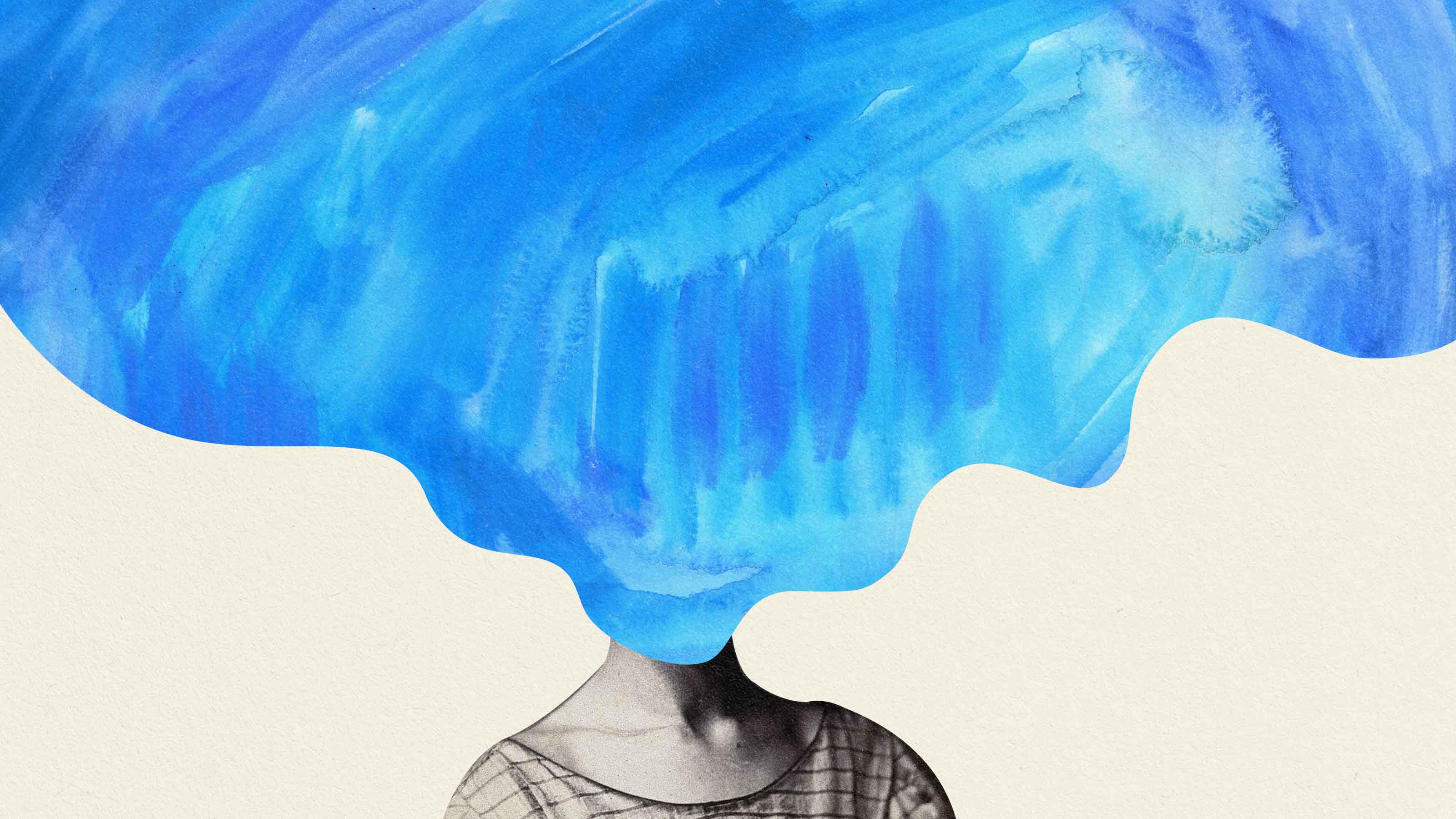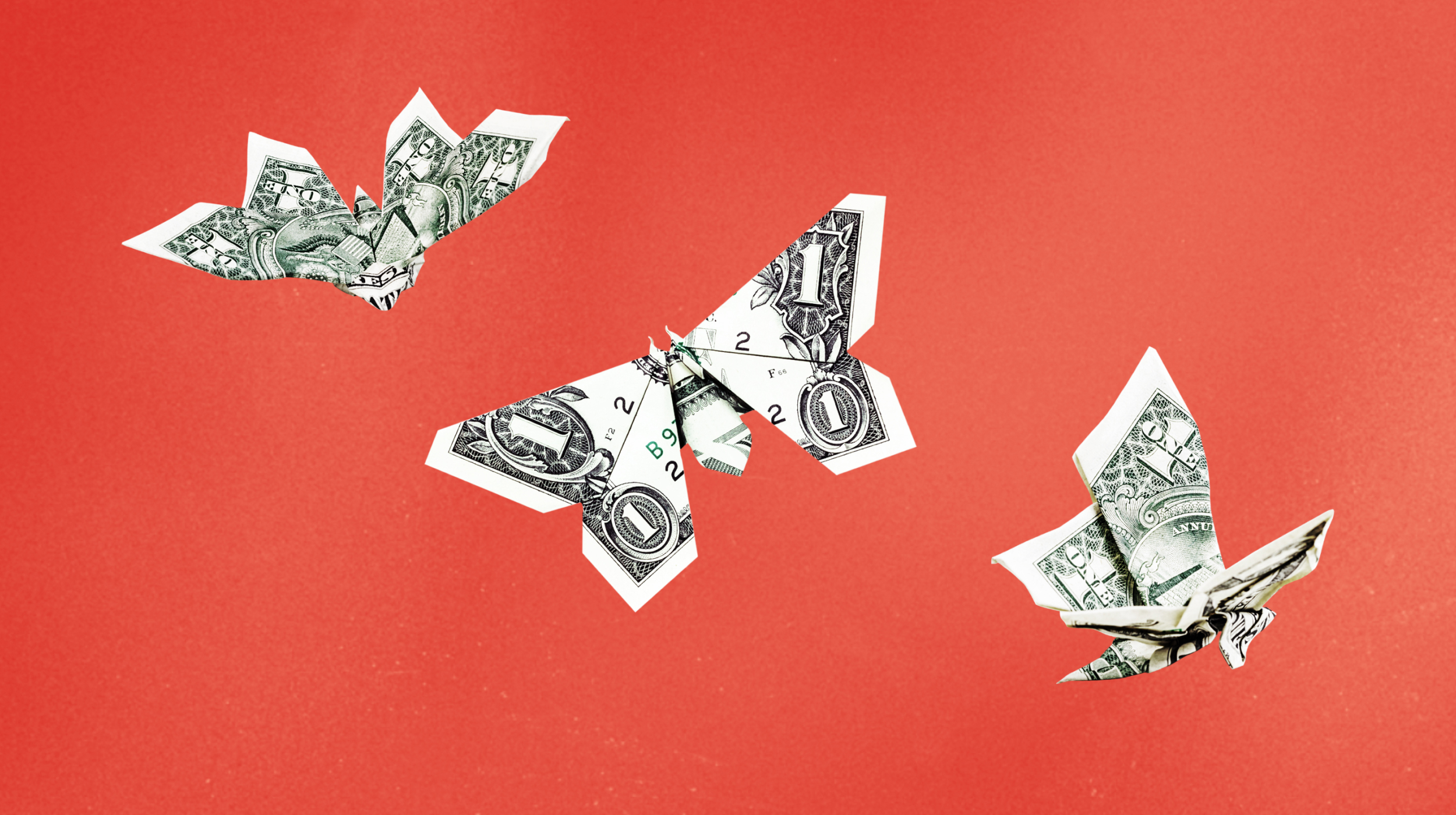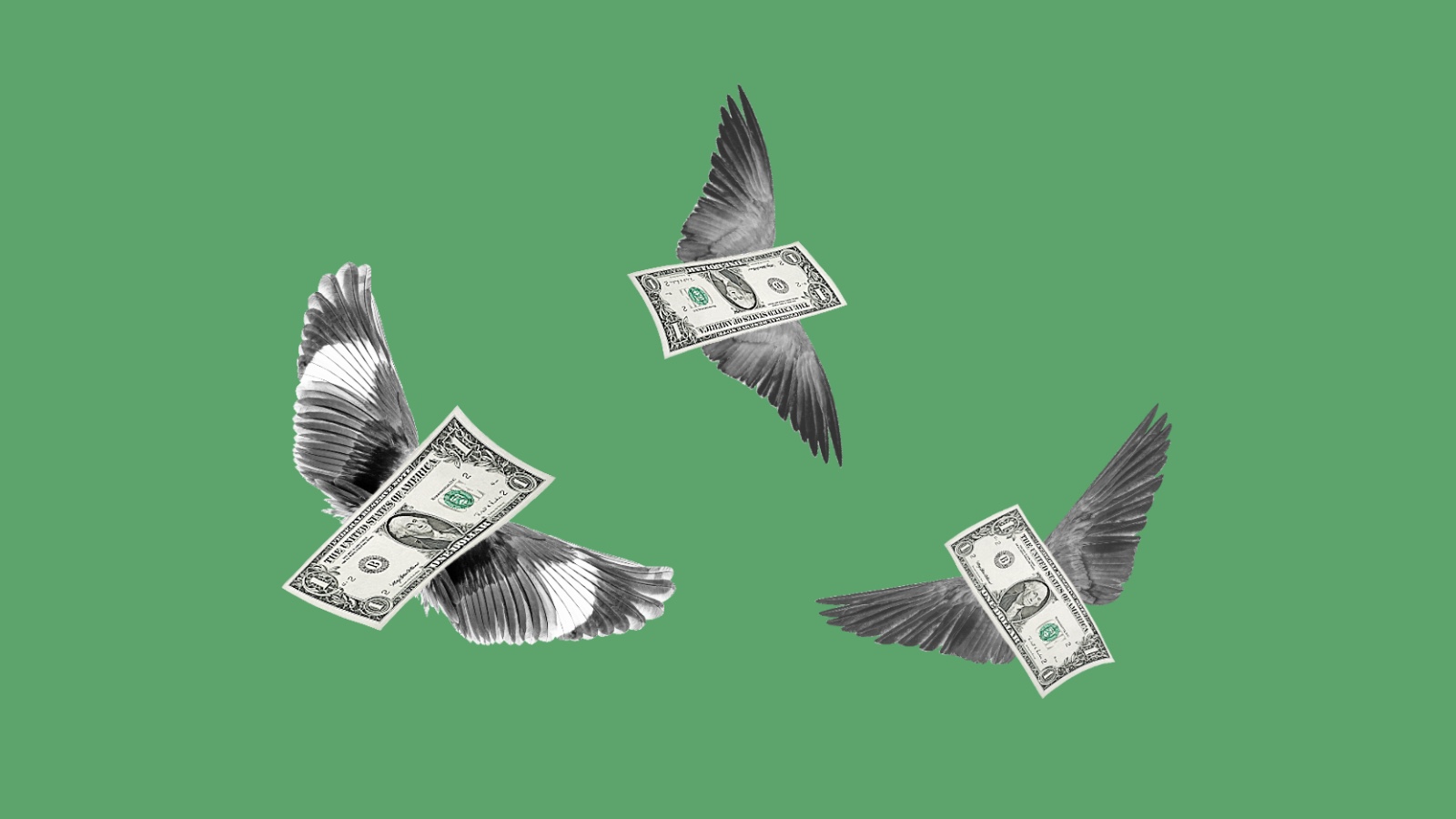The psychology of shopping addiction

Photo by Just dance on Shutterstock
- Shopping might be one of the most socially acceptable addictions, but it's still a very powerful one that up to 6% of our population struggles with.
- Shopping addiction is a predominantly female problem, with around 90% of shopaholics being women.
- The neurotransmitter dopamine (which is also activated when we indulge in addictive substances such as alcohol or addictive behaviors like gambling) floods our system when we buy new things.

Photo by gpointstudio on Shutterstock
What is shopping addiction?
According to this American Addiction Centers resource, there are different types of “shopaholics”:
- Compulsive shoppers who buy things when they are feeling emotional distress.
- Trophy shoppers who are always looking for the next perfect item.
- Flashy shoppers who crave the attention and adoration that comes with having nice, new things.
- Bargain shoppers who purchase things through couponing and sales, even if the items are not needed or desired.
- “Bulimic” shoppers who purchase and return items as part of a vicious cycle.
- Collective shoppers who find emotional value and wholeness in having “complete sets” of things (for example, one specific shirt in each color).
Why is shopping addiction more socially acceptable than other addictions?
On your way to work, you likely pass dozens of posters, adverts, and signs that are urging you to spend your money on the latest tech trends, clothes or fast food. However, the fact that consumerism is pushed on us by society isn’t the only thing that can affect a shopaholic’s behaviors; shopping is a way of life.
You need food from the grocery store, you need clothing, you need gas for your vehicle. Even if you try to curb your compulsive buying addiction by not going to stores in person, the world of online shopping is much more dangerous. With a credit card and a few strokes of your keyboard, you can purchase just about anything you can think of.
There is some debate between therapists, psychologists, and researchers over whether or not shopping addiction is a “real” addiction. “Very rarely,” says psychologist Elizabeth Hartney, “is shopping addiction taken as seriously as addiction to substances like alcohol and drugs or other behavioral addictions such as compulsive gambling…”
Hartney suggests that most research on the topic of compulsive shopping is done by marketing companies, which means it’s not seen as often by clinical professionals. The motives behind these kinds of research journals are purely from a marketing and consumerism standpoint and leave out the psychological behaviors that make up a shopping addiction.

What is the difference between shopping addiction and a compulsion to buy things?
Photo by Ivan Kruk on Shutterstock
Is being a shopaholic an addiction or a compulsive disorder?
Part of the confusion around shopaholics (and why society has deemed this specific behavior as more acceptable than a gambling addiction, for example) may be the thin line that separates “addiction” from “compulsion”.
Shopping addiction can be referred to as compulsive shopping, but it’s important to note that a compulsion is quite different than an addiction.
Addiction:
- A broad term that describes an entire process: trying something (a substance such as alcohol or a behavior such as gambling), becoming emotionally and physically dependent on it, and then becoming psychologically and physically addicted to it.
- Addictions have been described as all-encompassing: they are psychological, physical, emotional, biological things.
- People who struggle with addiction have explained feeling euphoric, elevated, happy, complete and whole when they partake in their addiction.
Compulsion:
- A more narrow term that often refers to a specific, intense urge to do something.
- Compulsions have been described as “an itch you can’t scratch” or a persistent thought process that won’t leave you.
- People who struggle with a compulsion explain feeling immense relief and relaxation from completing behaviors that they feel compelled to do.
The characteristics of shopping addiction tend to blend in with what would be considered a buying compulsion. This may explain the hesitation to declare this phenomenon as either addiction or compulsion – because it can be either, or both, depending on each individual situation.
Some commonly known characteristics of compulsive shopping disorder can include:
- Shopping for unneeded items, so much so that it becomes a preoccupation, taking you away from daily responsibilities such as work duties and home life.
- Spending much of your time shopping (online shopping counts) or doing intense research on items you wish to buy.
- Extreme difficulty resisting the urge to purchase something, even if it’s not needed or even desired.
- An elevated sense of self-worth or euphoria when making purchases.
- Continuing a shopping spree or unnecessary purchasing despite negative consequences such as debt or financial trouble.
- Problems at work or with loved ones due to your uncontrollable shopping urges.
- Deep satisfaction and calm state after making a purchase.
Compulsive shopping and buying addiction have been well-recognized in the past century (with Hollywood even making movies that dress-down the issue, such as “Confessions of a Shopaholic“). As of the 2018 edition, it is still not listed in the DSM (Diagnostic and Statistical Manual of Mental Disorders) as a compulsive disorder, despite its similarities to other disorders such as OCD or bipolar disorder.
For example, compulsive shopping can be linked directly to mood disorders such as anxiety, depression or bipolar – where compulsive buying and shopping serve as a “coping mechanism” for emotions they can’t deal with.
Is there a neurological reason we enjoy spending money?
As with any behavioral addiction, there are biological imperatives that increase our chances of becoming addicted to things that people do every day, like shopping. Studies have shown that up to 6% of the population suffers with shopping compulsion or addiction. Around 90% of those shoppers are female. While specific causes of developing a compulsive shopping addiction are not yet known, a deeper look into the psychological effect shopping has on our brains can provide some insight into this illness.
The hormonal reaction the brain has when you shop…
When you’re considering a new purchase, you’re anticipating a reward. Maybe you’re shopping for a gift that you know your spouse will love, or a new phone to celebrate that promotion you just got at work.
Once the purchase is made, the reward pathway of your brain lights up. The neurotransmitter dopamine (which is also activated when we indulge in addictive substances such as alcohol or addictive behaviors like gambling) floods our system. Once that feeling wears off, we crave it again. This is how all addictions work. It happens to some of us without us even realizing it. Why else do we get so excited at the thought of 30% off at our favorite store in the mall?
But with shopping addictions, the thought of that reward becomes an all-encompassing, dependency trigger that causes those affected to lean into the craving for the dopamine rush despite not having enough money or time to continue the habit.
With that in mind, it makes sense why we shop to celebrate and to feel good.
A 2011 study published in Psychology and Marketing found that retail therapy may have a lasting positive impact on our mood. Of course, there are downsides to this, such as spending money and associating purchases with happy moods which can quickly lead to a dependence. But the idea that buying things makes us happy is backed by science.
Shopping can also be a cause of celebration – look to your nearest holiday marked on the calendar for proof of that.
Research has suggested that more materialistic people tend to be less happy and are actually more likely to become depressed. However, these negative side effects of shopping can often be overlooked in the short term because of how happy we feel after the initial purchase.





